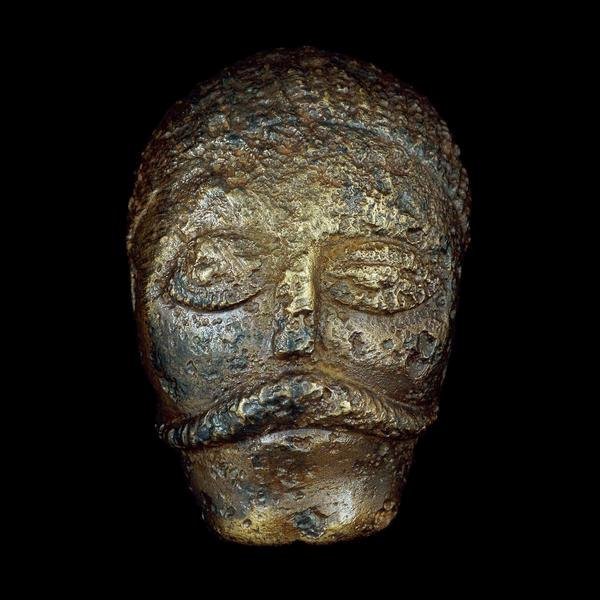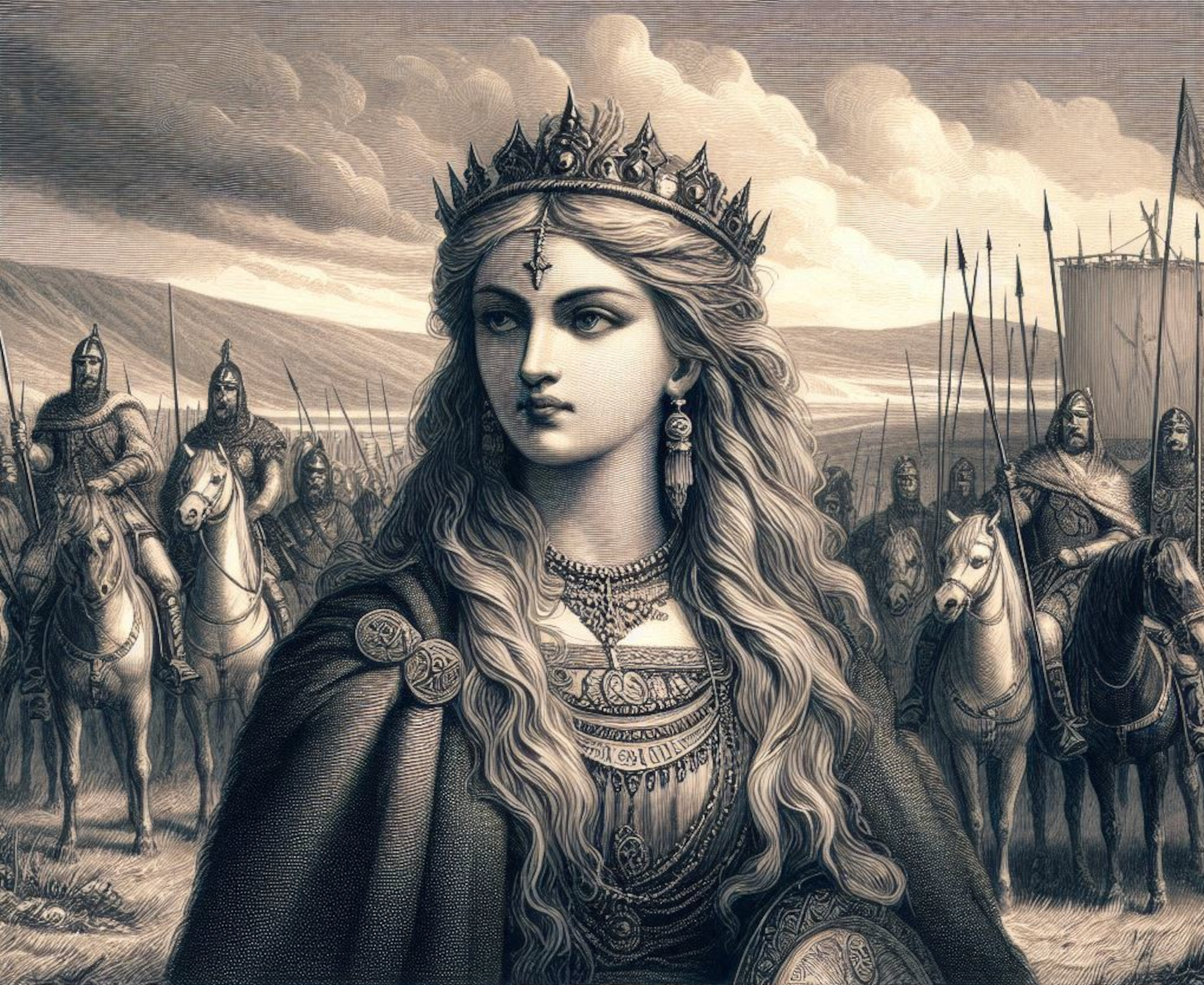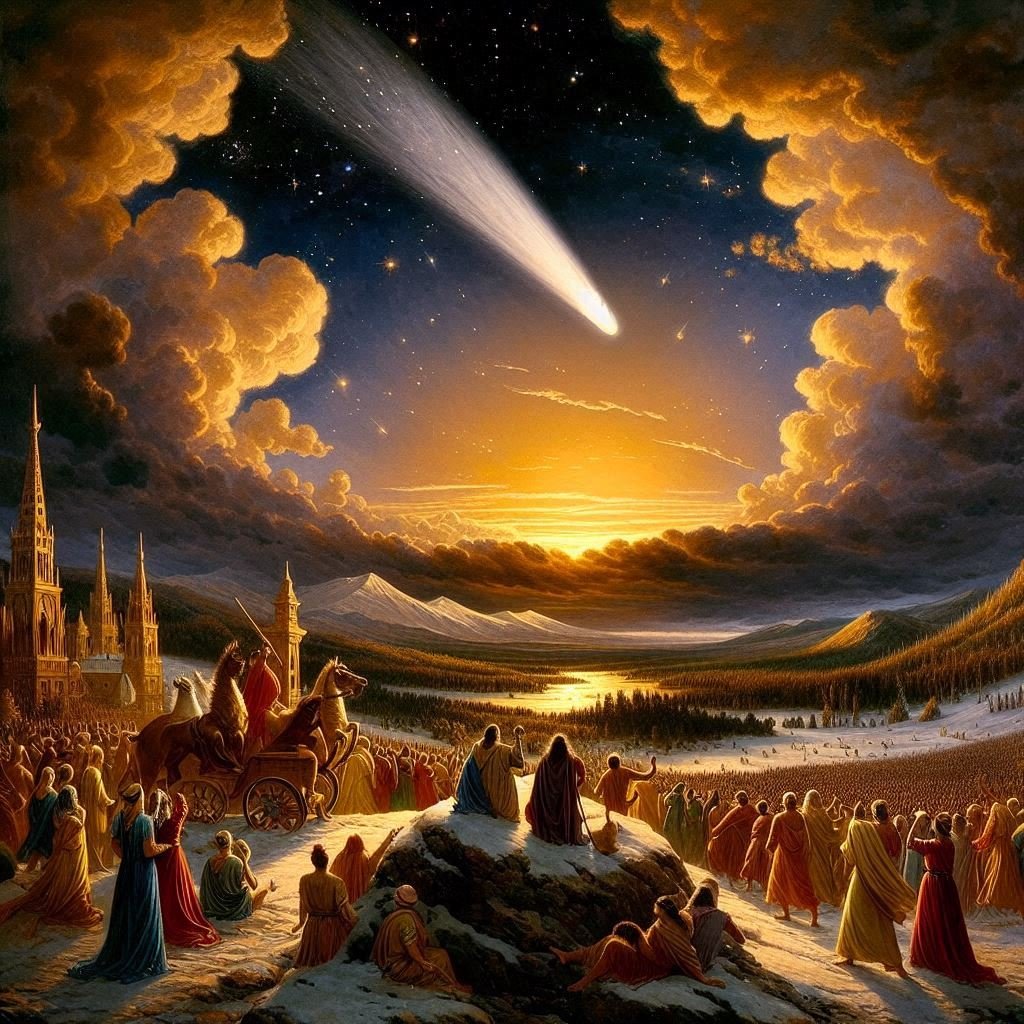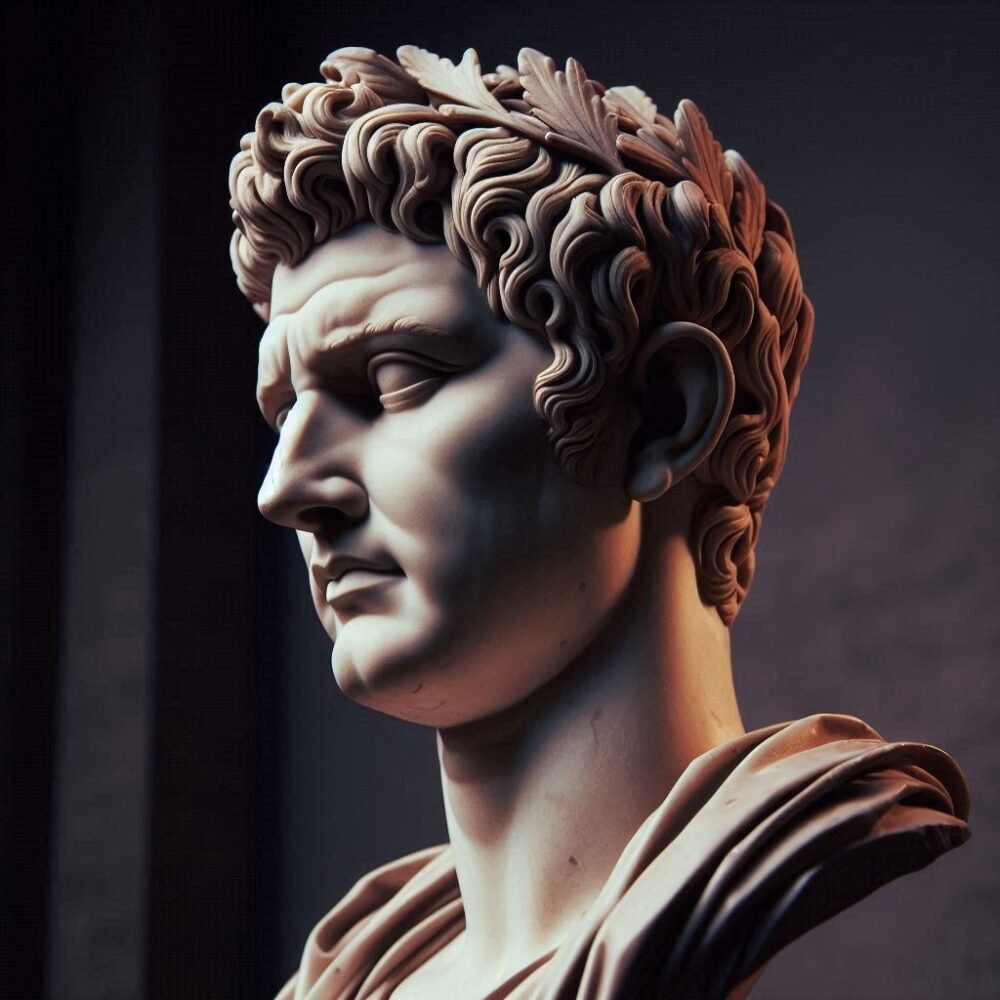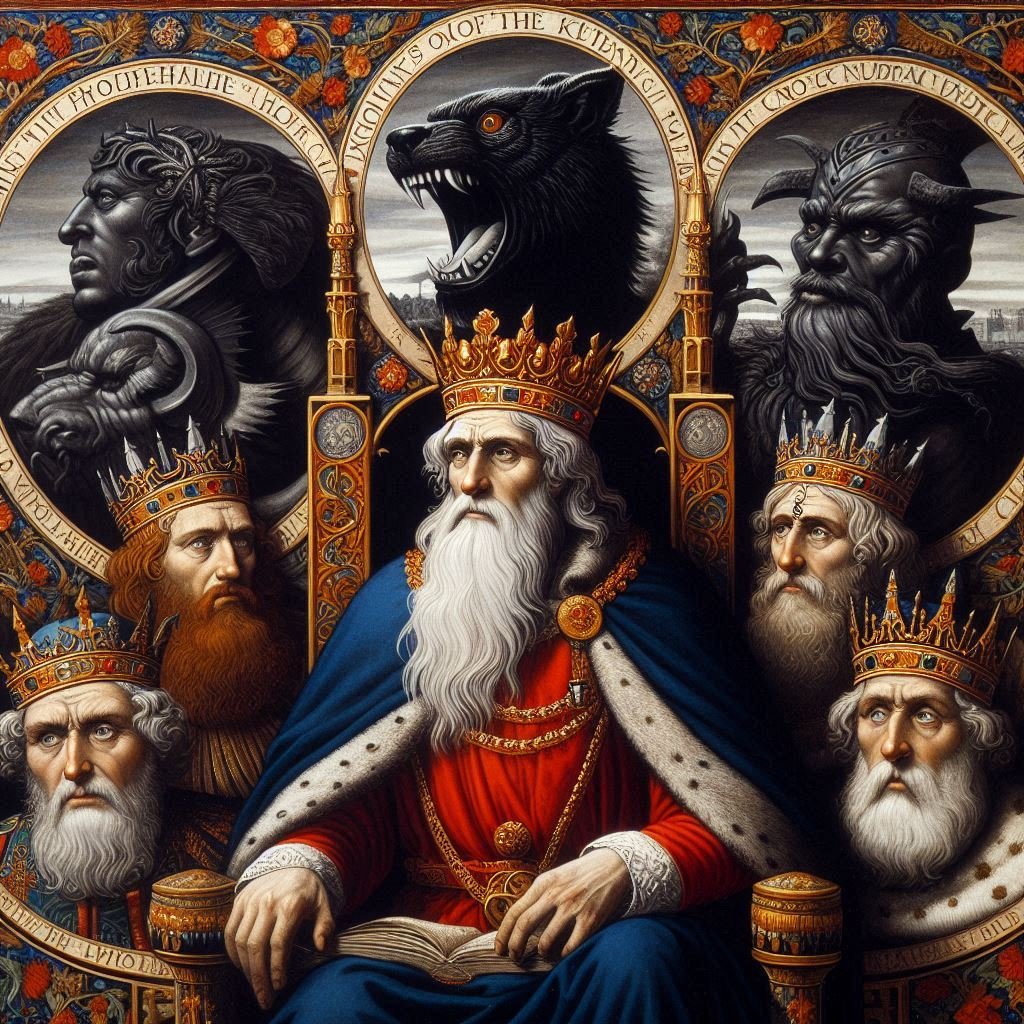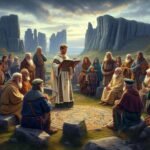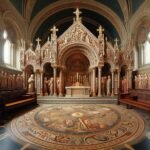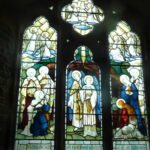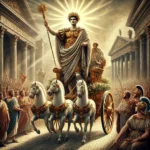Contents
- 1 Celtic Festivals
- 2 Celtic New Year’s Eve/Day (Samhain/All Hallow’s Eve or Halloween)
- 3 Yuletide, or Yule for short. Time of the Winter Solstice
- 4 Imbolc or Candlemas (Candle Mass)
- 5 Ostara/Ēostre (Easter) The Spring/Vernal Equinox
- 6 Beltane/Thrimilci/Walburg (Various Spellings)
- 7 Litha/Mid-Summer, The Summer Solstice
- 8 Lammas/Lughnassadh
- 9 Mabon, The Autumn (Or Fall) Equinox
Celtic Festivals
By celebrating the natural cycle of the year through ritual, Celts attune themselves to nature and the divine that is inherent in all things. The following dates are given for the Northern Hemisphere using the modern ‘Western’ Gregorian calendar.
Celtic New Year’s Eve/Day (Samhain/All Hallow’s Eve or Halloween)
31st October/1st November It is said to be the time when the veil between the worlds is very thin, when souls that are leaving this physical plane can pass out and souls that are reincarnating can pass in.
Darkness increases and the Goddess reigns as the Crone, part of the three-in-one that also includes the Maiden and Mother.
The God, the Dark Lord, passes into the underworld to become the seed of his own rebirth (which will occur again at Yule). Many prepare a Feast for the Dead on Samhain night, where they leave offerings of food and drink for the spirits. Divination is heightened this night. Jack-o-lanterns, gourds, cider, fall foliage can be used as altar decorations.
Yuletide, or Yule for short. Time of the Winter Solstice
21st December Yuletide coincides closely with the Christian Christmas celebration. That’s because the early Church sought to win the allegiance of the populace by placing its festivals at or around the time of existing Pagan festivals.
This Sabbat represents the rebirth of light. Here, on the longest night of the year, the Goddess gives birth to the Sun Child and hope for new light is reborn.
Yule is a time of awakening to new goals and leaving old regrets behind.
The so-called ‘Christmas Tree’ has it’s origins in the Yule celebration (of both the Celtic and the Germanic Tradition). Families would bring a live tree into the home, so the wood spirits would have a place to keep warm during the cold winter months. Bells were hung in the limbs so you could tell when a spirit was present. Food and treats were hung on the branches for the spirits to eat and a five-pointed star, the pentagram, a symbol of the five elements, was placed on the top of the tree.
The colours of the season, red and green, also are of Pre-Christian origin, as is the custom of exchanging gifts.
A solar festival, Yule is celebrated by fire and the use of a Yule log. A piece of the log is saved and kept throughout the year to protect the home. That piece is used to light the next year’s log.
Imbolc or Candlemas (Candle Mass)
2nd February Candlemas involves celebrations of banishing the winter and welcoming the spring.
At the time of Candlemas, the newborn Sun God is seen as a small child nursing from his Mother.
At this phase of the cycle, winter is swept away, and new beginnings are nurtured. Some favour this time of year for initiations into the Pre-Christian Native Faith groups. It is traditional at Candlemas to light every lamp in the house for a few minutes in honour of the Sun’s rebirth.
Ostara/Ēostre (Easter) The Spring/Vernal Equinox
21st March The Spring (or Vernal) Equinox is the point of equilibrium – the balance is suspended just before spring bursts forth from winter. The God and Goddess are young children at play and holiday (Holy Day) festivals use brightly coloured eggs to represent the child within.
The ‘Easter Bunny’ also is of Pre-Christian Celtic-Germanic origin, as are baskets of flowers. Traditionally, Ostara (the German name for the Germanic Goddess also called Idunn and Ēostre – Easter) is a time for collecting wild flowers, walking in nature’s beauty and cultivating herb gardens. This is the time to free yourself from anything in the past that is holding you back.
Beltane/Thrimilci/Walburg (Various Spellings)
30th April/1st May Beltane is the time of the sacred marriage which honours the fertility of the Earth; it represents the divine union of the Lord and Lady. Celebrations include weaving a web of life around the Maypole and leaping the Beltane fire for luck. Traditional Celtic Hand Fastings (Marriages) are common at this festival.
This is a time of self-discovery, love, union and developing your potential for personal growth.
Litha/Mid-Summer, The Summer Solstice
21st June The Summer Solstice, the longest day, is a time of triumph for the light. This holiday (Holy Day) represents the Sun King in all his glory. In many Celtic Traditionalist celebrations, this is when the Oak King, who represents the waxing year, is triumphed over by the Holly King, who represents the waning year. The two are one: the Oak King is the growing youth while the Holly King is the mature man. Healings and love magick are especially suitable at this time. Mid-summer night’s eve is supposed to be a good time to commune with field and forest sprites.
Lammas/Lughnassadh
2nd August This is the celebration of the first fruits of the harvest. The Sun King, now Dark Lord, gives his energy to the crops to ensure life while the Mother prepares to give way to her aspect as the Crone.
Now is the time to teach what you have learned, to share the fruits of your achievements with the world.
Wheat weaving, such as the making of corn dollies, is traditional. Bread is baked and the altar is decorated with fruits and vegetables of the harvest.
Mabon, The Autumn (Or Fall) Equinox
21st September At the Autumn Equinox, the days and nights are equal. It is a time of balance, but light gives way to increased darkness.
It is the second harvest, and the Goddess mourns her fallen consort, but the emphasis is on the message of rebirth that can be found in the harvest seeds. It is a good time to walk the forests, gathering dried plants for use as altar decorations or herbal magick. Cornbread and cider are good additions to festivities and fall leaves make good altar decorations.


